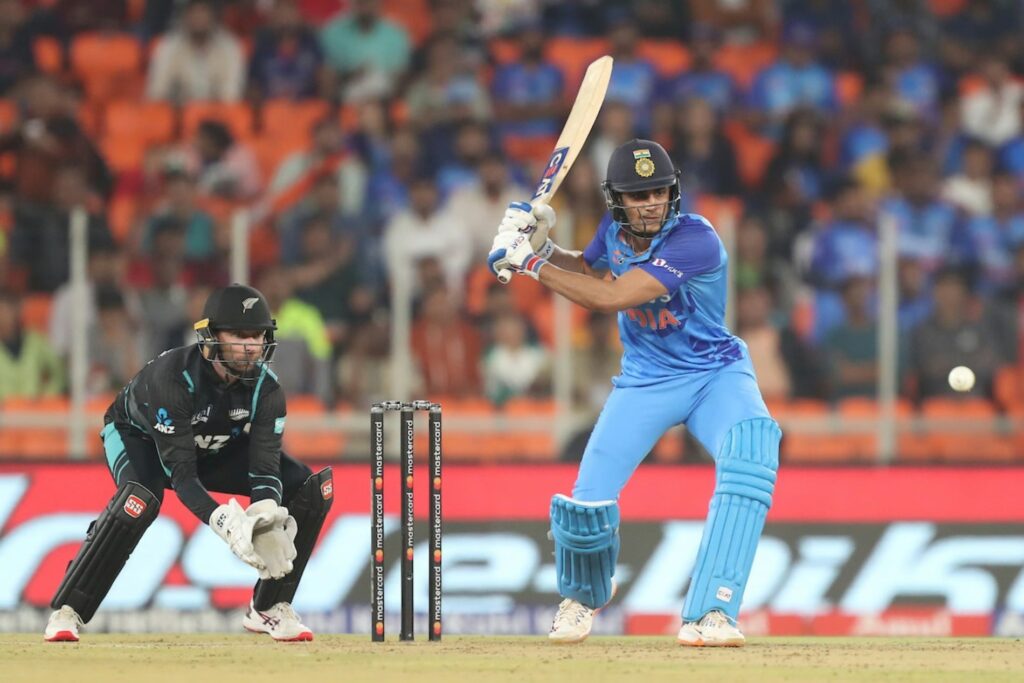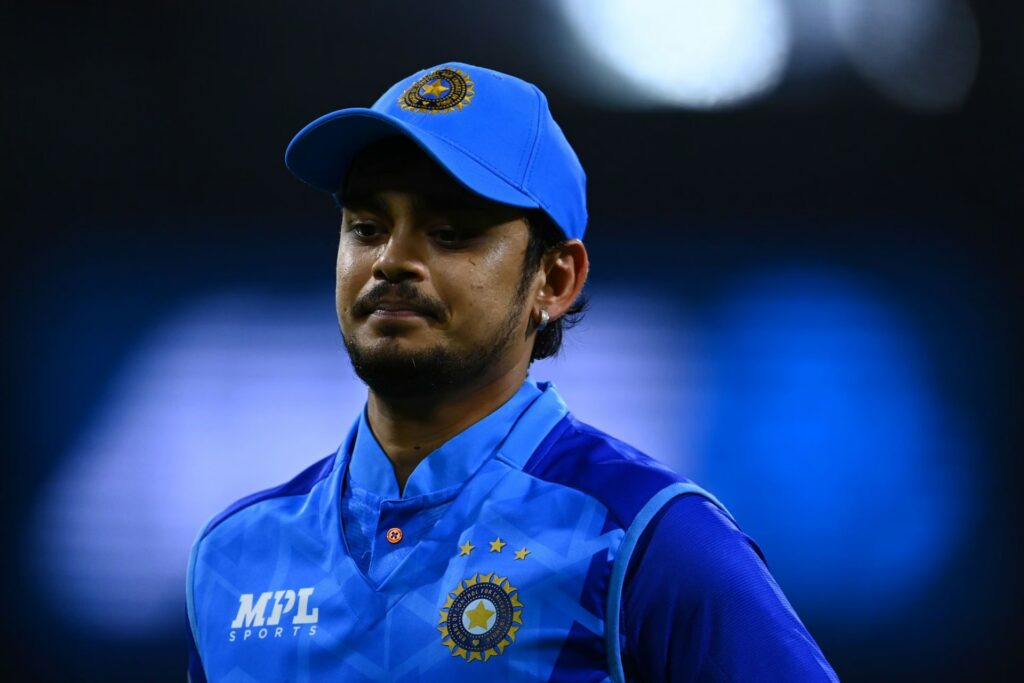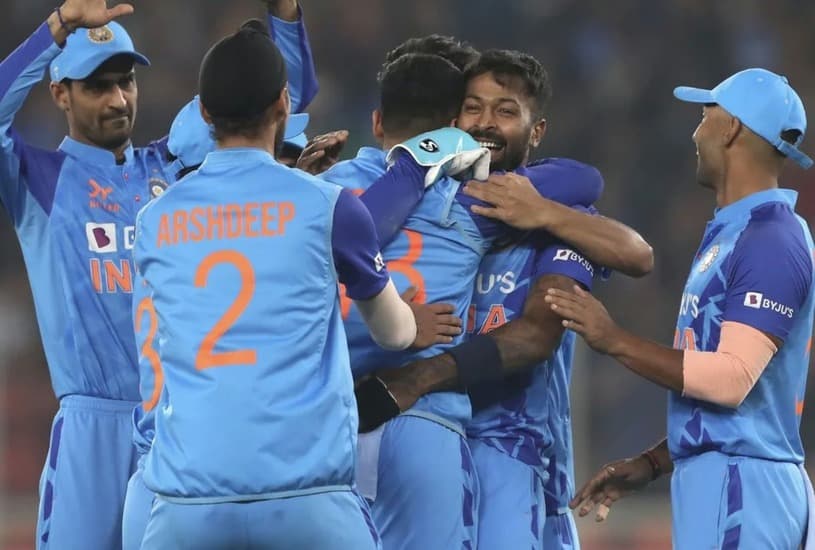Three lessons learned from Team India’s T20I series victory over New Zealand Team India defeated New Zealand by 168 runs in the third T20I on February 1 at the Narendra Modi Stadium in Ahmedabad. After winning the toss in the decider, the Men in Blue batted first and scored a massive 234/4. Shubman Gill, the opener, scored the most runs with 126* from 63 deliveries, while Rahul Tripathi contributed with a quick 44 from 22 deliveries.
The chase by the Kiwis was unsuccessful, and they finished with 66 runs down in 12.1 overs. Hardik Pandya, the captain of Team India, finished with figures of 4/16, while Arshdeep Singh, Umran Malik, and Shivam Mavi each took two wickets. India completed yet another domestic victory in the bilateral series with a dominating performance.
The Men in Blue’s disappointing start to the T20I series against New Zealand included a 21-run defeat in Ranchi. They brought their A-game in the decider after a disappointing victory in Lucknow on a difficult batting surface.
Following Team India’s victory over New Zealand in the T20I series, here are three takeaways.
1 Shubman Gill has the potential to play in any format

Prior to the T20I series against New Zealand, Gill performed admirably in ODIs. After scoring 70, 21, and 116 runs against Sri Lanka, the Team India opener scored 208, 40*, and 112 runs against the Kiwis. Last year, Gill also showed that he can play ODIs well by winning Player of the Series awards in Zimbabwe and the West Indies.
In red-ball cricket, the 23-year-old has also demonstrated his talent in sufficient quantities. However, his ability in the shortest international cricket format was up for debate prior to the Ahmedabad T20I. At the Wankhede Stadium, Gill made his T20I debut against Sri Lanka. In the three-match series, he scored seven, five, and 46.
He was again cheaply dismissed in the first two games against New Zealand, for seven and 11, respectively. There was also some criticism of the soft dismissals. However, Gill made a strong case in the decisive T20I, hitting 12 fours and seven sixes at a strike rate of exactly 200 for those who were concerned about his big-hitting potential and strike rate in the format.
A single hit might not be enough to determine Gill’s T20I abilities. He has, however, demonstrated enough to experts and fans that he has the potential to be India’s next all-format batter.
2 Ishan Kishan still has some work to do

Despite the fact that Gill appears to be improving, Ishan Kishan is not. When Kishan was dropped from the Indian team’s starting lineup in favor of Gill for the ODIs against Sri Lanka, the keeper-batsman scored a double hundred in his previous ODI innings against Bangladesh in Chattogram. This led to some criticism of the Indian team management.
But Kishan won’t have any reason to be upset because he didn’t perform well despite getting enough runs in the T20Is. Since his last half-century in the format, he has only scored 200 runs in 14 innings, with a best of 37 and an average of 14.28. He has not reached double figures in any of his previous five T20I innings.
Kishan’s obvious struggles against spinners, in addition to his inconsistent behavior, are a growing cause for concern. He is young, has a lot of talent, and he definitely has the ability to get out of the rut. However, the last few games have clearly demonstrated that Kishan’s batting is still in need of work.
3 Expect the unexpected from Hardik Pandya as captain of Team India
There is currently no official confirmation regarding whether Pandya will be India’s full-time captain of T20Is. However, one thing is certain: he will frequently invent something novel whenever he leads the team. In the series against Sri Lanka, he gave left-arm spinner Axar Patel the 20th over in one match and rookie Shivam Mavi in another, giving us some clues.
The New Zealand series provided additional evidence that captain Pandya will act independently, largely in opposition to expectations. Experts favored the team that won the toss in Ahmedabad to bowl first. Even Mitchell Santner, the captain of New Zealand, acknowledged that he would have bowled first. Pandya, on the other hand, made the decision to strike first, and his team gave him tremendous support throughout.
Naturally, there will be times when his eccentric strategies fail. However, that won’t likely stop him from taking chances. Following the victory over Ahmedabad, the captain of Team India stated directly:
Pandya’s mantra for captaincy is pretty much summed up in that one line.

